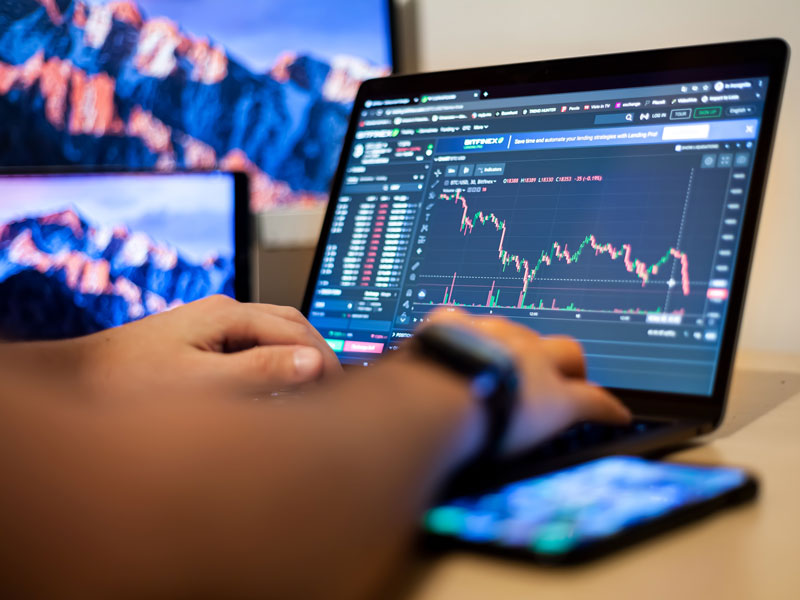How to Get Started with Forex Trading A Comprehensive Guide 1786664844
Kasım 11, 2025
How to Do Forex Trading: A Comprehensive Guide
Forex trading, or foreign exchange trading, is the process of buying and selling currencies in the global market. As the largest and most liquid financial market in the world, it offers opportunities for profit, but also comes with risks. If you’re asking yourself, “How do you do forex?”, you’re in the right place. In this guide, we will explore the essentials of forex trading, including strategies, tools, and tips to help you succeed. For more detailed resources, you can visit how do you do forex trading webglobaltrading.com.
Understanding the Basics of Forex Trading
Forex operates in pairs, with each pair consisting of a base currency and a quote currency. The base currency is the first currency in the pair, and the quote currency is the second. For example, in the EUR/USD pair, the Euro (EUR) is the base currency, and the U.S. dollar (USD) is the quote currency. The exchange rate indicates how much of the quote currency is needed to purchase one unit of the base currency.
Key Terminologies
- Pips: The smallest price move that a given exchange rate can make. For most currency pairs, a pip is equal to 0.0001.
- Leverage: Allows traders to control larger positions with a smaller amount of capital by borrowing funds from a broker.
- Spread: The difference between the bid price and the ask price of a currency pair.
- Lot: Refers to the size of a trade. Forex trades are typically conducted in standard lots (100,000 units), mini lots (10,000 units), and micro lots (1,000 units).
Choosing a Forex Broker
Your choice of broker is critical in forex trading. Look for a broker that is well-regulated, offers a user-friendly trading platform, and provides competitive spreads and leverage. It’s also essential to check whether they offer demo accounts, which allow you to practice trading without risking real money.

Setting Up a Trading Account
Once you’ve chosen a broker, the next step is to set up a trading account. This typically involves the following steps:
- Register: Fill out the necessary information to create an account.
- Verification: Provide identification and proof of address, as required by the broker to comply with regulations.
- Deposit Funds: Add money to your account using your preferred payment method.
Analysis Techniques
Successful forex trading requires understanding market movements through analysis. There are primarily two types of analysis: fundamental and technical.
Fundamental Analysis
This approach involves analyzing economic factors, news events, and geopolitical developments that can influence currency values. Key economic indicators include GDP growth, employment rates, and inflation data. Traders often look for news releases related to central bank interest rate decisions and economic policy changes.
Technical Analysis
Technical analysis, on the other hand, focuses on price charts and statistical indicators to gain insights into future price movements. Popular tools include moving averages, Relative Strength Index (RSI), and Fibonacci retracement levels. Identifying patterns such as head and shoulders, triangles, and flags is also a crucial part of technical analysis.

Developing a Trading Strategy
A well-defined trading strategy is essential for success. It should include entry and exit points, risk management techniques, and criteria for choosing currency pairs. Some common strategies include:
- Scalping: A short-term strategy focusing on small price changes.
- Day Trading: Opening and closing trades within the same day to avoid overnight risks.
- Swing Trading: Holding trades for several days or weeks to capture larger price movements.
Risk Management
Risk management is vital in forex trading. Setting stop-loss and take-profit orders can help you protect your capital and lock in profits. A good rule of thumb is to risk no more than 1-2% of your trading capital on a single trade. Diversifying your portfolio and avoiding over-leveraging are also fundamental strategies to minimize risk.
Continuous Learning
The forex market is dynamic and constantly changing. Continuous education through online courses, webinars, and trading forums is essential to stay informed about market trends and developments. Many professional traders share their insights and strategies through blogs and social media, providing valuable resources for aspiring forex traders.
Conclusion
Forex trading can be a rewarding venture if approached with diligence, education, and a solid trading plan. By understanding the fundamentals, choosing the right broker, developing a robust trading strategy, and practicing effective risk management, you can increase your chances of success in the forex market. Remember, patience and discipline are critical in trading – always refine your approach as you gain experience.
Ready to take the leap into forex trading? Follow the steps outlined in this guide, and you may find yourself navigating the world of currency trading with confidence. Happy trading!
